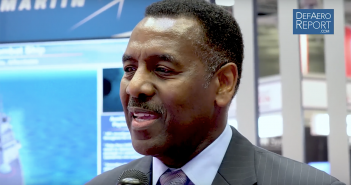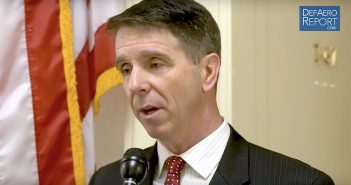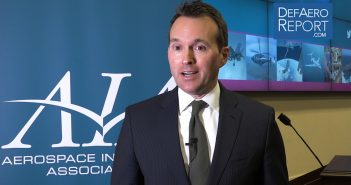
AFPC’s Berman on Strategic Defense Initiative, Iran Nuclear Deal’s Future
Ilan Berman, senior vice president of the American Foreign Policy Council, discusses President Ronald Reagan’s Strategic Defense Initiative, its current significance and how parts of it could be applied to contemporary US missile defense, the Iran nuclear deal’s future and more in a wide-ranging, March 23, 2018 interview with Defense & Aerospace Report Editor Vago Muradian in Washington.








![Defense & Aerospace Business Report Podcast [March 19, 2018]](https://defaeroreport.com/wp-content/uploads/2018/03/Podcast-Tile-March-21-2018-351x185.png)
